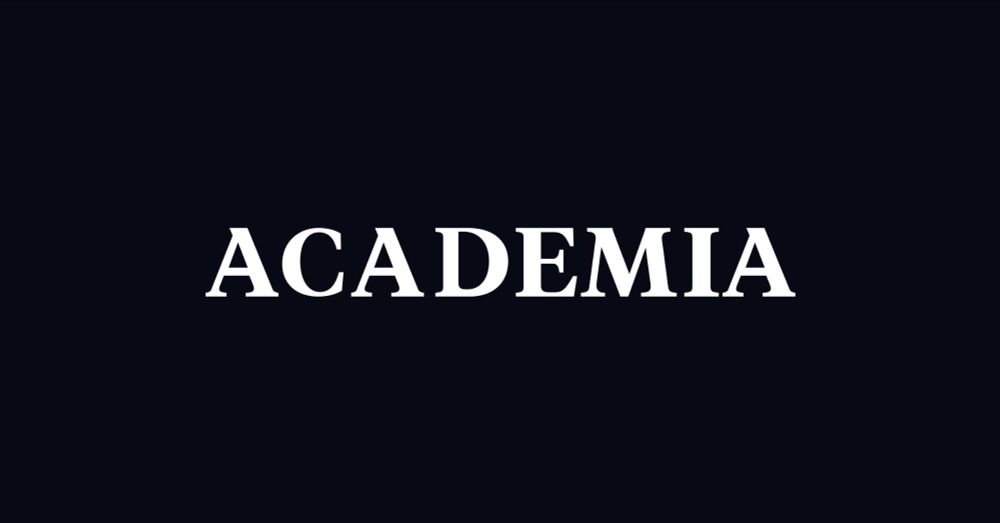Makoto Kuroda
@mackuro.bsky.social
48 followers
8 following
16K posts
Independent researcher. Studying fictionality and consciousness. Lectured on Peter S. Beagle’s The Last Unicorn for more than 40 years at a university. Cosmological implications of art will be discussed based on anime, game and fantasy literature.
Posts
Media
Videos
Starter Packs
Pinned
Makoto Kuroda
@mackuro.bsky.social
· Mar 3


